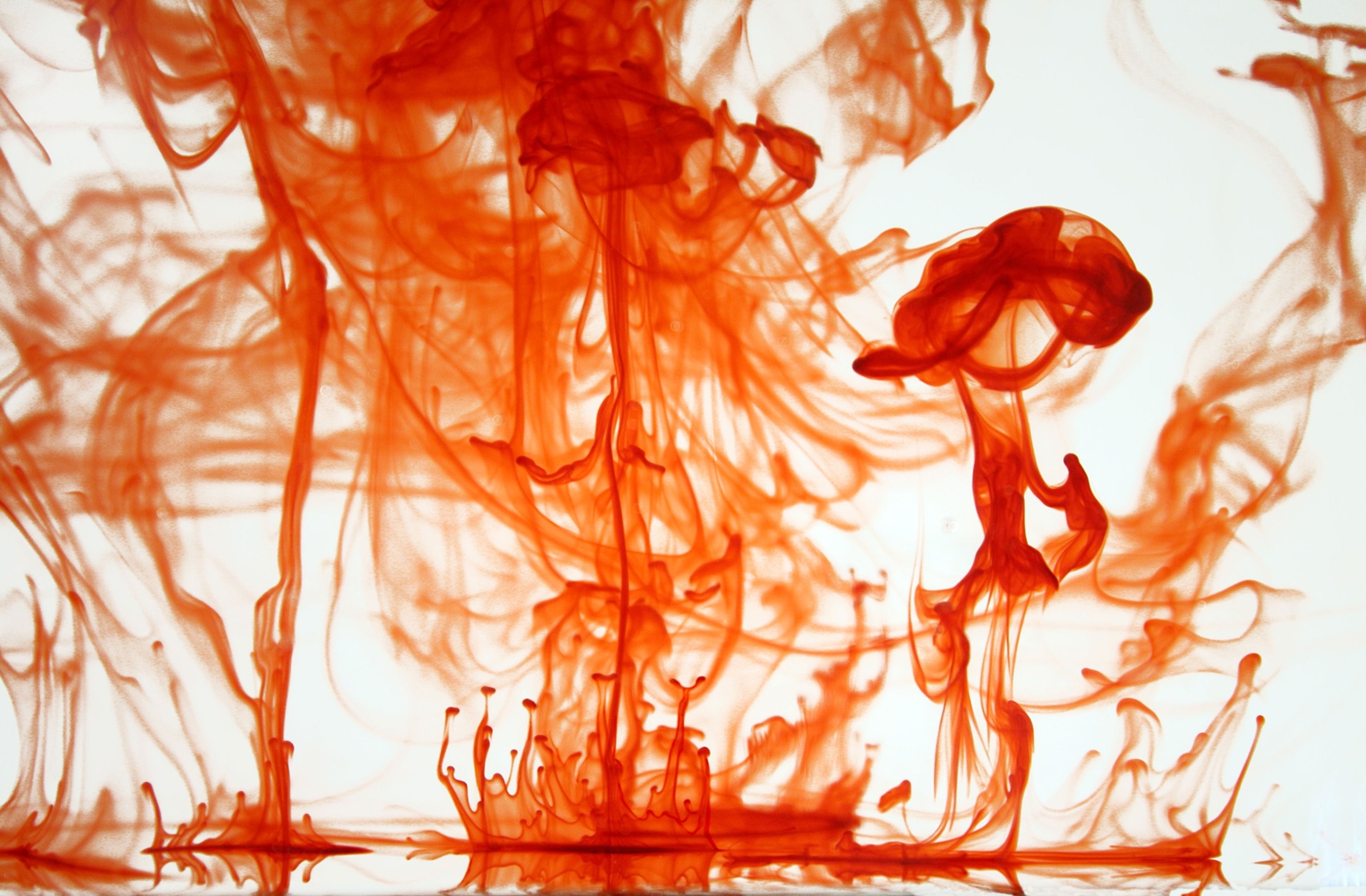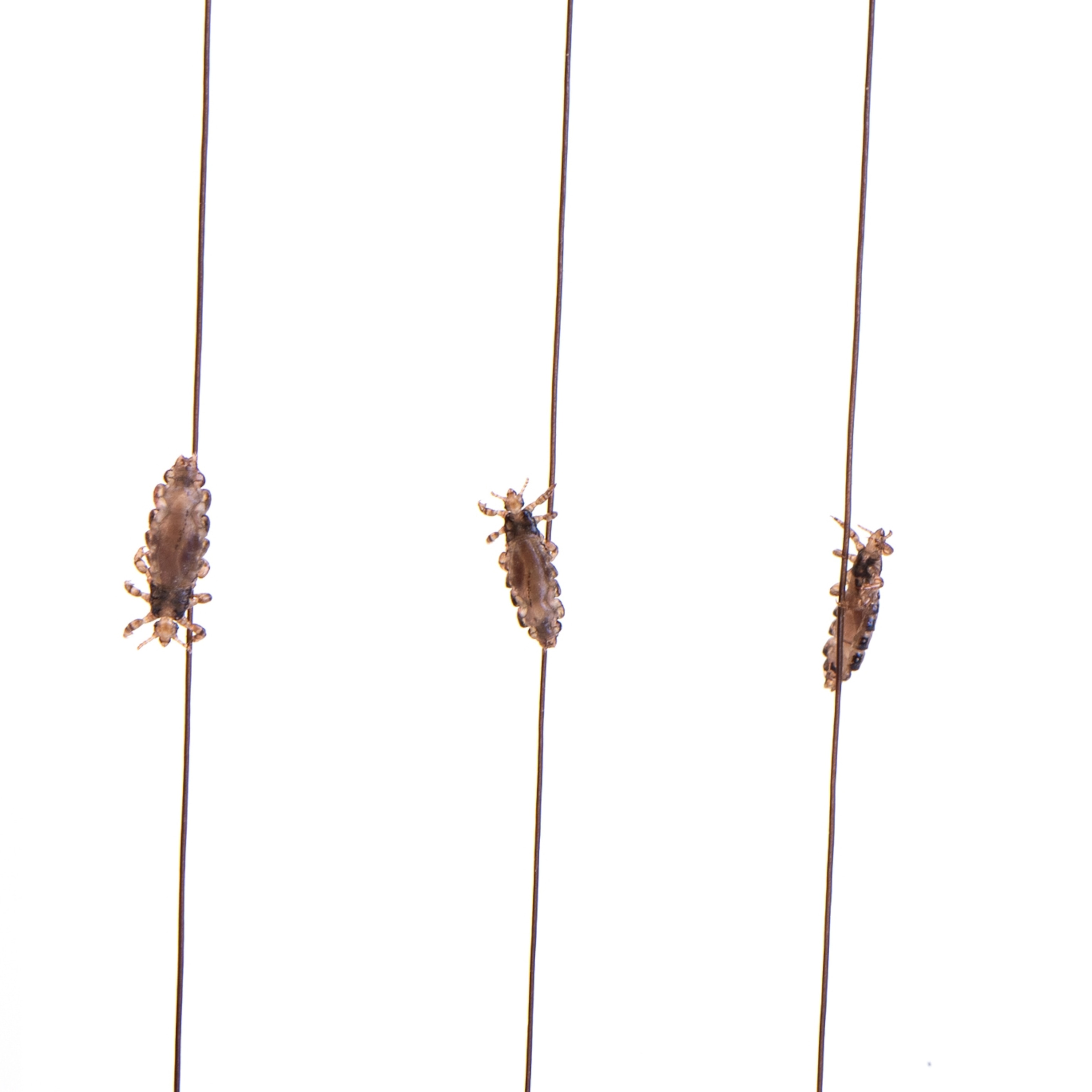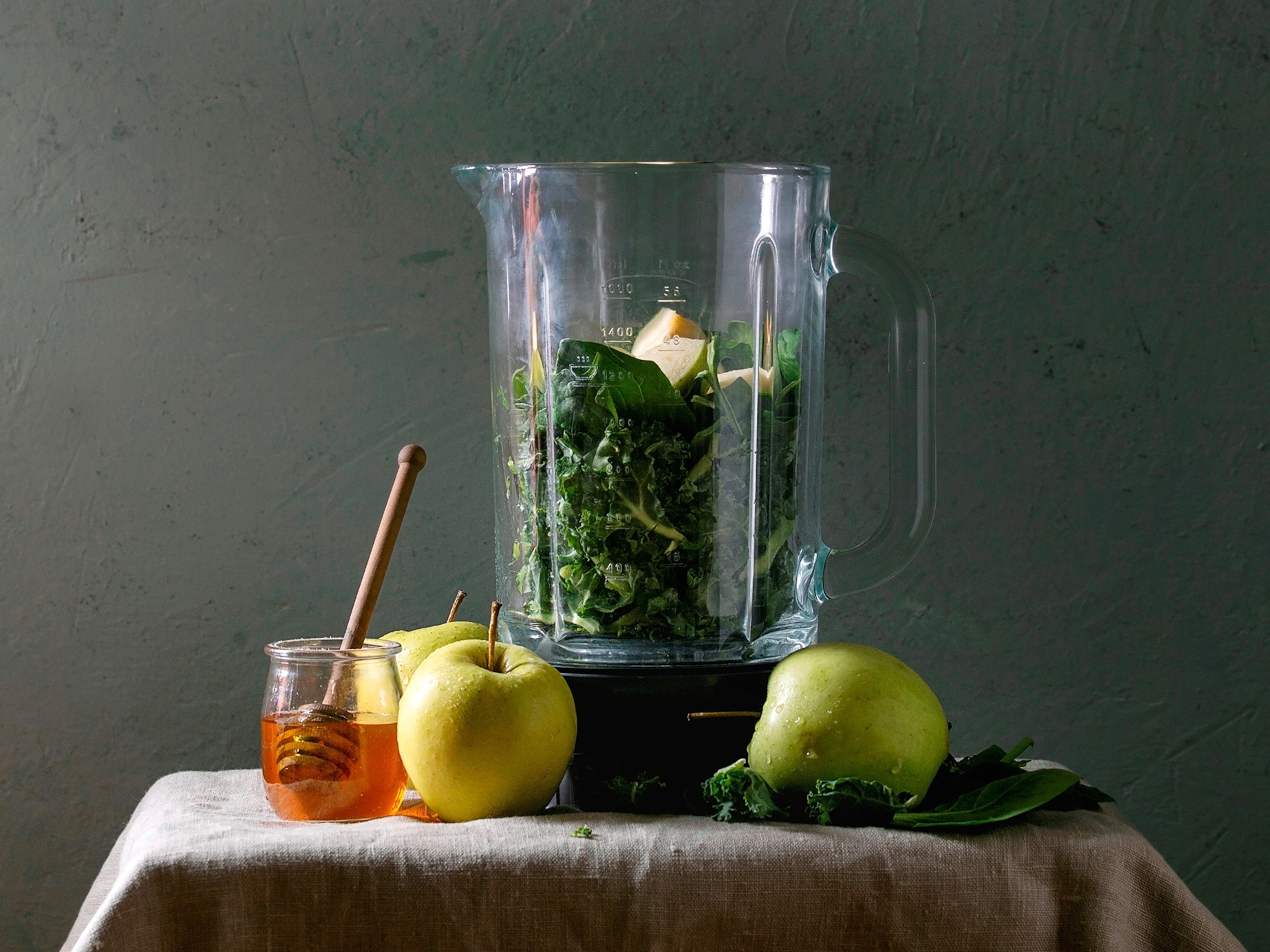
Do food dyes make ADHD worse? Here's what parents should know
The U.S. FDA is reportedly considering a ban on the additive Red 3. Here’s what experts do—and don’t—know about how food dyes affect your health.
A common food dye used in candies, cereals, condiments, chips, juices, and some dietary supplements and medicines is under scrutiny again some 50 years after its safety was first called into question in the 1970s.
The U.S. Food and Drug Administration (FDA) has banned the food dye known as Red 3—one color additive of six that were recently banned statewide in California public schools.
The FDA ban is focused solely on the dye being linked to causing cancer, but the more expansive California public school ban came about because of a California Environmental Protection Agency report that suggests a correlation between food dye consumption and exacerbated symptoms of behavioral conditions such as Attention Deficit Hyperactivity Disorder (ADHD).
(Women are being diagnosed with ADHD at unprecedented rates. Here’s why.)
But correlation doesn't necessarily equal causation, and there are limitations related to the age, sample size, scope, and even where most of the associated research has been conducted—causing scientists like California-based behavioral pediatrician Lawrence Diller to call the claim that food dyes exacerbate ADHD symptoms "an urban legend that refuses to die."
Here's what we do and don't know about the harmful effects of food dyes related to behavioral conditions like ADHD—and whether there are any legitimate reasons for parents to be concerned about how food dyes may be affecting their children's behavior.
What’s actually in food dye?
Color additives are pigments, dyes, or other substances that are used in foods to enhance natural colors, add color to “fun” foods such as cake decorations, and to help identify flavors, such as purple for grape flavor or yellow for lemon, per the FDA.
The FDA has approved 27 naturally occurring food dyes that are derived from plants such as beets or turmeric and nine artificial ones that are chemically manufactured—usually from petroleum. While they go by many different names that often vary by country, the eight dyes approved in the United States include Blue 1, Blue 2, Green 3, Orange B, Yellow 5, Yellow 6, Red 2, and Red 40. Until the recent ban, Red 3 was approved as well.
Red and yellow dyes are often cited as contributing especially to behavioral disruptions, but artificial dyes have been studied in humans this way only as groups of dyes together, explains Joel Nigg, professor of psychiatry at Oregon Health and Science University and coauthor of related research—so we don’t actually know if any one dye is particularly problematic.
But we do know that many foods that contain color additives target children, says L. Eugene Arnold, professor emeritus of psychiatry and behavioral health at the Ohio State University and coauthor of research on how food dyes affect ADHD. In fact, a 2016 study found that nearly 30 percent of grocery store products that are marketed to children contain Red 40.
This matters because children are the ones whose behavior is thought to be most affected by dietary choices, as shown by a large body of research on a variety of ingredients and additives.
Some such studies have found that excess sugar impedes cognitive function, glutamic acid in foods like cheese and deli meats can lead to mood disorders, processed foods may cause stress, and excess salt can hinder memory function.
What scientific studies suggest about food dye and ADHD
For their part, food dyes first came under scrutiny in the 1970s when a pediatric allergist from California named Benjamin Feingold suggested that removing them from a child's diet could treat ADHD symptoms. Ensuing research and consensus within the scientific community during the 1980s effectively debunked such a broad claim.
But later research again showed a correlation—if not causation—between the consumption of food dyes and exacerbated symptoms of behavioral conditions, including ADHD.
Such research includes a 2012 study that suggests "a small but reliable" association between food dyes and exacerbated ADHD symptoms, says its coauthor, Nigg. Another shows a link between dyes and behaviors such as hyperactivity—regardless of whether a child has been diagnosed with a behavioral disorder like ADHD. And one of the largest and highest-quality studies shows "that food dyes have a small but significant adverse effect on children’s cognition and behavior, regardless of whether they have ADHD," says Arnold.
(Sugar doesn't actually make kids hyper—here's what does.)
But the most significant meta-analysis came in 2021 from California's Office of Environmental Health Hazard Assessment (OEHHA), which analyzed all related studies and conducted its own research to estimate the amount of artificial food dyes children are consuming across multiple age, race, and socioeconomic groupings.
The research found that children are not only likely exceeding what's considered "safe" levels of food coloring additives, but also found an association between food dye consumption and increased behavioral condition symptoms, including ADHD. The analysis "supports a relationship between food dye exposure and adverse behavioral outcomes in children, both with and without pre-existing behavioral disorders," the study notes.
But these studies still don’t provide answers to many lingering questions and fall short of demonstrating that food dyes cause these problems.
What those studies can’t tell us about food dye and ADHD
While the research is compelling, "the quality of a lot of associated studies is limited," says Nigg. "And we have never had a large population trial in the United States—only in Europe, where regulations and food additives are a little different than in the U.S. and where preservatives were also included in the research."
Sodium benzoate, for instance, is a common preservative that has similarly been associated with increased hyperactivity in children—so studies haven’t definitively shown that perceived increased ADHD symptoms are due to color dyes more than other additives or preservatives. That’s also the case for everyday ingredients like sugar that have similarly been shown to affect behavior.
Emily Barrett, deputy director of the Center for Environmental Exposures and Disease at Rutgers School of Public Health, who peer-reviewed the OEHHA report, adds that many of the studies that show a correlation between food dye and behavioral issues "are quite old—from the 1970s and 1980s—and many are quite small, with less than 50 participants."
It's also worth noting that the OEHHA study concludes that "it is clear that some children are likely to be more adversely affected by synthetic food dyes than others." Arnold says this is likely determined by the same genes that produce histamine in the body—which is why some of us are more likely to experience allergy symptoms than others.
For its part, the FDA says that existing research, including the OEHHA reports, still has not shown that food dyes are uniquely responsible for exacerbated symptoms of behavioral conditions.
An FDA official told National Geographic that the agency “has previously assessed information about color additives on several occasions, including reviews by the FDA Food Advisory Committee and the FDA Science Board;” and that, “to date, a causal relationship between exposure to color additives, including Red 40, and hyperactivity in children in the general population has not been established."
The same can't be said about a different red food dye's association with increased cancer risk, however, which is why the FDA has banned Red 3 beginning in 2027.
What parents can do
In the end, Nigg says the amount of dye consumed by most people “is 'small' or 'modest' when looked at across the population.” Still, his advice is to avoid overconsumption of foods containing color additives, rather than feeling the need to cut them out completely. "As we say in the scientific community, 'it's the dose alone that makes the poison,'" echoes Arnold.
This is especially worth noting, Arnold adds, because "the per-capita consumption of products containing foods dyes has quintupled in the last three decades." Barrett says this means parents today may need to be savvier about what their kids eat than parents of previous generations.
For example, the FDA recommends consuming no more than 3.75 milligrams of Red 40 a day for each kilogram you weigh—but Kate Donelan, a registered dietician with Stanford Health Care, says it’s easy for kids to sail past that limit at a single birthday party. After all, "12 ounces of red soda, a small bag of Skittles, and a slice of cake with red frosting has 130 milligrams total," she points out.
It may also be wise to consider whether your child is more susceptible to behavioral issues related to food dyes.
"Because only a small number of children appear to have strong adverse reactions...any parents seeing severe behavior changes in their children may wish to consider this possibility," Nigg says. Diller echoes, "Before I would forever ban a food or even additive, I would try first a two-week elimination period to see if there’s any difference in behavior."
For everyone else, Barrett says she would recommend prioritizing eating fresh and whole foods over processed ones, when possible, “which will likely reduce exposure to dyes as well as overconsumption of sugar and other additives.”








